 Examining effects of freshwater flow alterations on seagrass-associated fishes in Charlotte Harbor, FL
Examining effects of freshwater flow alterations on seagrass-associated fishes in Charlotte Harbor, FL

 Examining effects of freshwater flow alterations on seagrass-associated fishes in Charlotte Harbor, FL
Examining effects of freshwater flow alterations on seagrass-associated fishes in Charlotte Harbor, FL

Alterations of freshwater flow into estuaries effect fishes directly and indirectly. Direct impacts relocate fishes by high flow, changes in salinity or temperature beyond physiological tolerances, or extreme turbidity. Indirect effects result from changes in habitat distribution or quality. The distribution, species composition, and landscape (patchy vs continuous) of seagrass are partly a function of salinity and depth (light attenuation), ando changes in water flow that influence seagrass indirectly impact associated fishes. In Florida, seagrass beds are defined as continuous or patchy on a hectare scale, but standard gear samples on a m2 scale. Fishes in seagrass beds are being sampled every four months in three locations (one patchy, one continuous site per location) to test two hypotheses: fish communities differ between continuous and patchy seagrass; and salinity differences among locations influence species composition. First-year indications show that salinities differ among locations, and because salinity was positively correlated with water clarity, the depths of grass beds varied with salinity. Fish communities vary among continuous and patchy sites but not due to salinity. The greatest apparent threat to seagrass-associated fishes in Charlotte Harbor is loss of habitat due to decreased water clarity, but continued research is required.
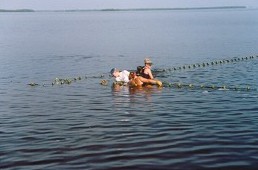
 Wetland restoration impacts on fish assemblages in oloigohaline streams in southwestern Florida
Wetland restoration impacts on fish assemblages in oloigohaline streams in southwestern Florida
Southwestern Florida coastlines are characterized by varying levels of development that have impacted the freshwater inputs into coastal waters. The coastline of Charlotte Harbor has undergone decades of alterations of drainage including ditching for mosquito control, placement of barriers to restrict flow patterns, and alterations for agriculture and residential development. Historical data is lacking on the level to which these alterations have impacted fish dependent on the oligohaline streams flowing into Charlotte Harbor. The Florida Department of Environmental Protection, Charlotte Harbor Aquatic and State Buffer Preserve is currently restoring natural flow patterns to upland wetland areas along Charlotte Harbor. We sampled four streams; two being restored and two remaining impacted before, during, and after restoration to determine how restoration influenced fish abundance and species composition. We sampled at three locations along each stream; upper, middle and lower reaches. We documented changes that occurred with and with out restoration within each stream, different size classes of fish used the upper, middle, and lower reaches. Fish assemblages differed among restored and unrestored streams; both in abundance and species composition.
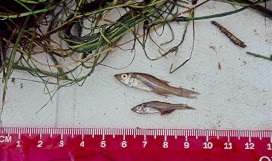
 Microhabitat use by a post-settlement stage estuarine fish: evidence from relative abundance and predation among habitats.
Microhabitat use by a post-settlement stage estuarine fish: evidence from relative abundance and predation among habitats.

Seagrass beds provide food and shelter for many fish species. However, the manner in which fishes use seagrass bed habitats often varies with life stage. Juvenile fishes can be especially dependent on seagrass beds because seagrass and associated habitats (drift macroalgae) may provide an effective tradeoff between shelter from predation and availability of prey. This study addressed aspects of habitat use by post-settlement pinfish, Lagodon rhomboides, an abundant and trophically important species in seagrass beds in the western North Atlantic. Abundance of post-settlement fish in seagrass beds was positively related to volume of drift macroalgae, but not to percent cover of seagrass, indicating a possible shelter advantage of the spatially complex algae. Tethering experiments indicated higher rates of predation in seagrass without drift macroalgae than in seagrass with drift macroalgae. Aquarium experiments showed lower predation with higher habitat complexity, but differences were only significant for the most extreme cases (unvegetated bottom, highest macrophyte cover). Levels of dissolved oxygen did not differ between vegetated and unvegetated habitats, indicating no physiological advantage for any habitat. Seagrass beds with drift macroalgae provide the most advantageous tradeoff between foraging and protection from predation for post-settlement L. rhomboides. The complex three-dimensional shelter of drift macroalgae provides an effective shelter that is embedded in the foraging habitat provided by seagrass. Drift macroalgae in seagrass beds is a beneficial habitat for post-settlement L. rhomboides by reducing the risk of predation, and by providing post-settlement habitat within the mosaic (seagrass beds) of adult habitat, thus reducing risks associated with ontogenetic habitat shifts.
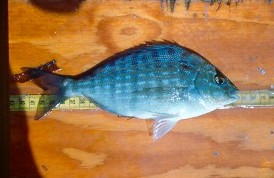

We are also conducting research concerning the importance of habitat connectivity to snook, red drum, and tarpon, with a focus on juvenile habitats. These studies include tag-recapture within and between life stages and examination of diets in habitats of varying degrees of connectivity. The influence of anthropogenic stresses is a key component of our research framework.
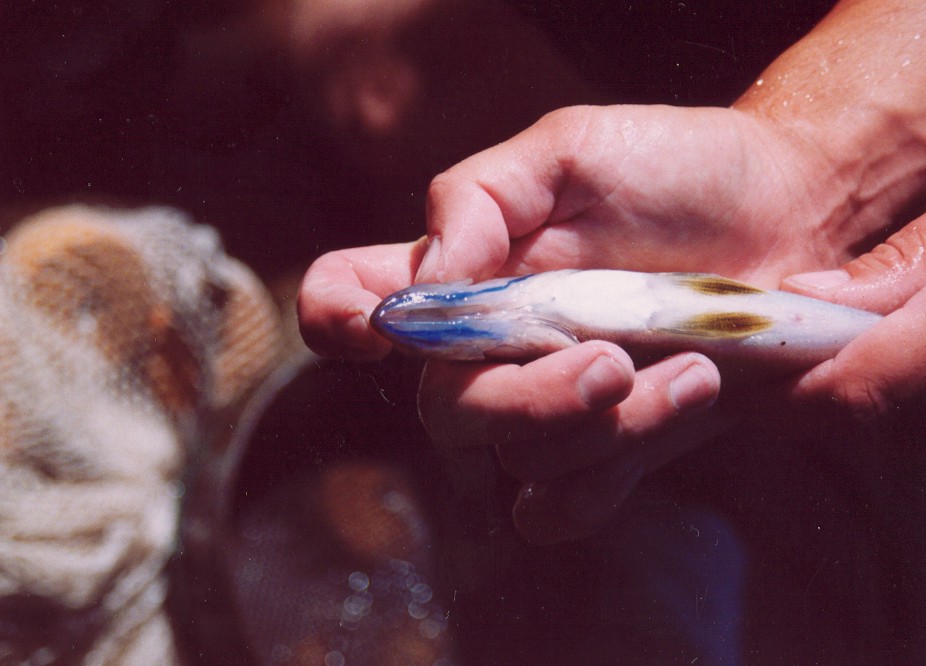
|
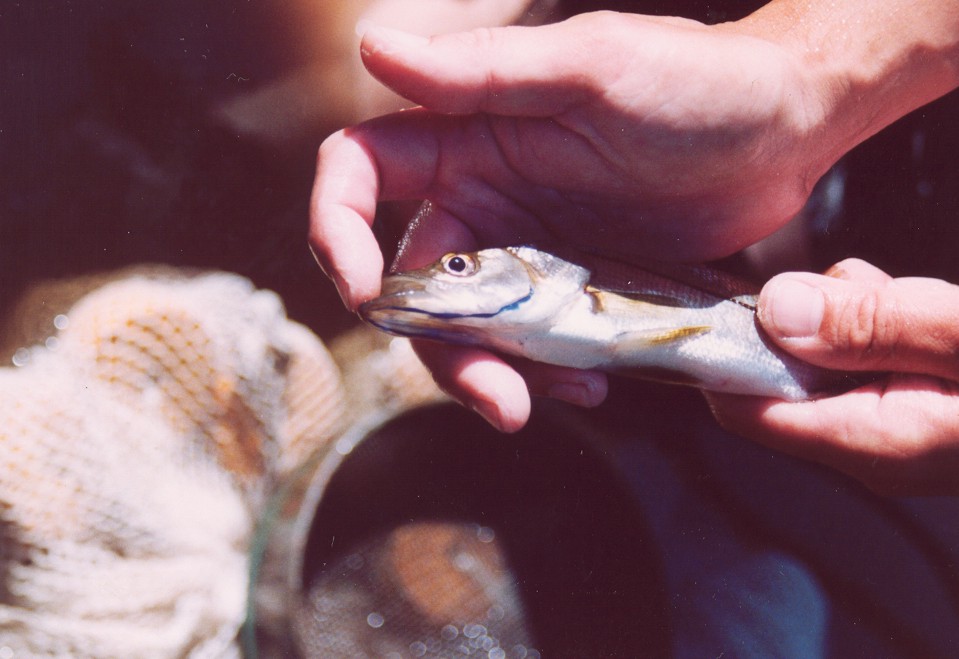
|
||||||||||||||||||||||||||||||||||||||||||||||||||||||||||||||||||||||||||||||
|
|
|||||||||||||||||||||||||||||||||||||||||||||||||||||||||||||||||||||||||||||||



